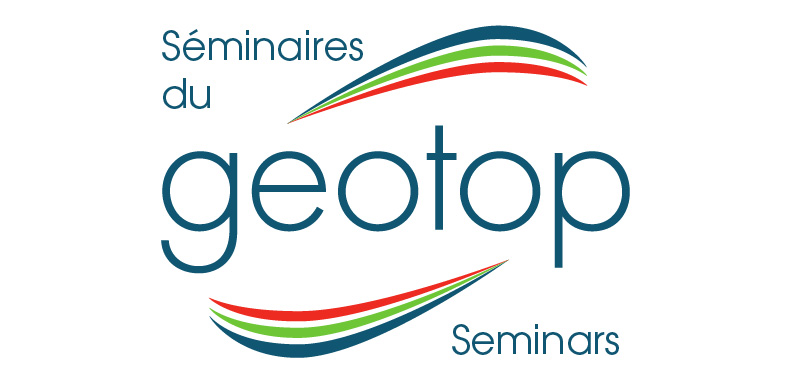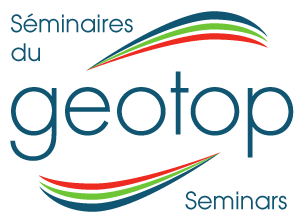Dr. Maikel Rosabal Rodriguez - Intracellular Speciation of Trace Metals in Aquatic Organisms Using Metallomic Approaches
Dr. Maikel Rosabal Rodriguez, UQAM
Mardi 21 janvier 2020 à 12h30 - Tuesday, January 21, 2020 at 12:30 pm
Local PK-7605, 201 ave. Président-Kennedy, UQAM
Résumé / abstract:
Mining and smelting-related activities, which are expected to increase in the next years, represent an important economic sector for many countries including Canada. To protect our aquatic ecosystems from the metal contamination associated with these activities, it is necessary the development of science-based, realistic regulatory tools. In this context, metallomic studies including subcellular metal partitioning analyses and hyphenated techniques have been shown to provide significant insights into metal toxicity in living cells at a depth and level of integration never before achieved. Here, recent studies on several animals collected from metal-contaminated environments using a combination of these approaches will be discussed. Such information will contribute to deepening our understanding of the molecular mechanisms by which trace metals produce toxic effects in aquatic organisms, which is crucial to improve our ability to protect aquatic environments.

Intracellular Speciation of Trace Metals in Aquatic Organisms Using Metallomic Approaches
Ajouter au calendrier
2020-01-21 12:30:00
2025-07-05 16:54:33
Dr. Maikel Rosabal Rodriguez - Intracellular Speciation of Trace Metals in Aquatic Organisms Using Metallomic Approaches
Mining and smelting-related activities, which are expected to increase in the next years, represent an important economic sector for many countries including Canada. To protect our aquatic ecosystems from the metal contamination associated with these activities, it is necessary the development of science-based, realistic regulatory tools. In this context, metallomic studies including subcellular metal partitioning analyses and hyphenated techniques have been shown to provide significant insights into metal toxicity in living cells at a depth and level of integration never before achieved. Here, recent studies on several animals collected from metal-contaminated environments using a combination of these approaches will be discussed. Such information will contribute to deepening our understanding of the molecular mechanisms by which trace metals produce toxic effects in aquatic organisms, which is crucial to improve our ability to protect aquatic environments.
Local PK-7605, 201 ave. Président-Kennedy, UQAM
Geotop
admin@example.com
America/New_York
public



